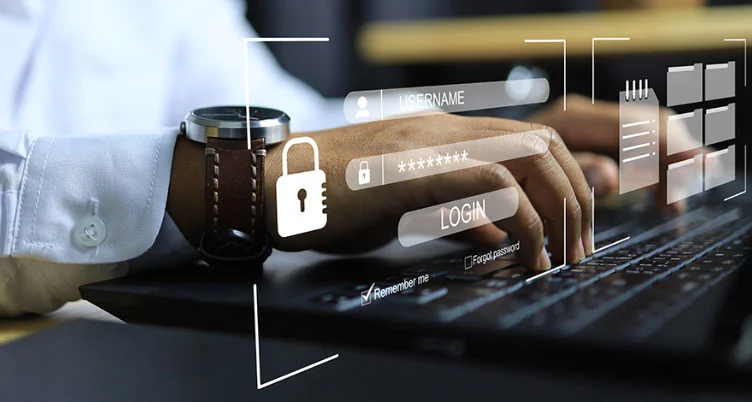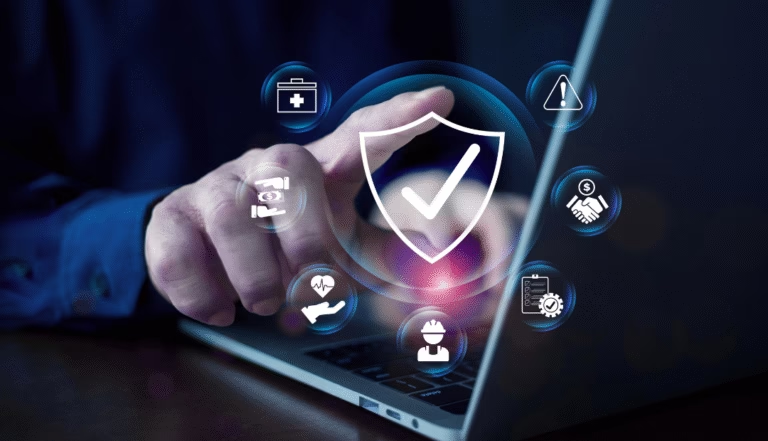Table of Contents
Pages
- About Us
- Vulnerability Assesment & Penetration Testing
- UAE Data Privacy
- KSA PDPL implementation and Fines
- Continuous Monitoring in Cybersecurity | Cyber Security Monitorring
- Empower Your Business with VCISO Services
- Soc Services
- Cyber Technology
- Security Assessments
- Audit and Compliance
- service
- India
- Cyber Security Framework SAMA
- Training & Skill Development
- Australia
- NESA Audit
- SOC2 Audit
- UAE
- Qatar
- Saudi Arabia
- Geographies
- Privacy Policy
- Penetration Testing
- Managed SOC Services
- Threat Hunting
- Dubai Computer Forensics
- Malware Analysis
- Cloud Security
- Incident Handling And Monitoring Services
- Red Team Assessments
- Mobile Application Audits
- Data Privacy
- ISO 27001
- Cyber Security Expert
- Vulnerability Assessment
- Application Security Auditing
- PCI DSS Compliance
- Privacy Policy-old
- Contact
- Blog
- Home
Categories
- What is Cyber Security?
- Web Application Security Auditing
- Web Application Security
- Web Application Firewall
- Web Apllications Security
- wapt
- Vulnerability Testing and Penetration Testing
- Vulnerability Scanning
- vulnerability assessment and penetration testing
- vapt
- Useful
- Uncategorized
- UAE Cyber Security Company
- top cyber security companies in the UAE
- Top 10 GRC Tools
- SOC UAE
- SOC 2 Certification Cost
- Security
- Red Teaming Services
- Red teaming
- Privacy
- Pentest
- Penetration Testing
- PCI DSS Stands for
- PCI DSS Purpose
- PCI DSS Compliance
- PCI DSS
- News
- new tech
- Most Popular SIEM Tools
- Managed Security Services Provider
- ISO 27001 Consultants in UAE
- ISO 27001 Compliance in the UAE
- General
- cybersecurity regulation
- Cybersecurity
- cyber sercurity firm
- Cyber Security UAE
- Cyber Security Specialist
- Cyber Security Services
- Cyber Security Near Me
- cyber security master
- Cyber Security Jobs in Dubai
- Cyber Security GRC
- Cyber Security Expert
- cyber security course
- Cyber Security Consultant
- Cyber Security Company in Dubai
- Cyber Security Company Dubai
- Cyber Security Company
- Cyber Security Companies
- Cyber Security Basic
- Cyber Security Awareness
- Cyber Security
- Compliance
- Application Penetration Testing
- AI-Powered Cybersecurity
Network and Information Security Directive 2 (NIS2) is a crucial legislation that shapes cybersecurity measures across the European Union (EU). It establishes a framework for ensuring the security of network and information systems, emphasizing the protection of essential services and digital infrastructure.

What is NIS2 compliance and why is it important?
Exploring the NIS2 Directive
The NIS2 Directive builds upon its predecessor, NIS, and aims to enhance the EU’s cyber resilience by imposing stricter obligations on various entities, including digital service providers and essential service operators. It sets out requirements for cybersecurity risk management and incident response planning.
Understanding the Compliance Requirements
Compliance with NIS2 involves implementing robust cybersecurity measures to protect against cyber threats, ensuring the continuous operation of critical services. Organizations are required to assess risks, adopt security solutions, and establish incident response mechanisms to meet the directive’s standards.
Importance of NIS2 Compliance for Cybersecurity
NIS2 compliance is essential for safeguarding the EU’s cyber landscape by promoting a high level of cybersecurity across member states. It helps in mitigating cyber risks, enhancing security postures, and fostering collaboration among nations to combat evolving cyber threats effectively.

How does NIS2 compliance impact cybersecurity measures?
Implementing Cybersecurity Frameworks
Organizations subject to NIS2 compliance need to establish strong cybersecurity frameworks that align with the directive’s requirements. These frameworks outline security policies, procedures, and controls to protect network and information systems from cyber incidents.
Addressing Cyber Risks Through NIS2 Compliance
NIS2 compliance plays a significant role in addressing cyber risks by promoting proactive risk management practices. Organizations conduct risk assessments, identify vulnerabilities, and implement appropriate controls to mitigate threats and prevent potential cyber incidents.
Enhancing Security Posture with NIS2 Compliance
By adhering to NIS2 compliance, entities enhance their overall security posture and resilience against cyber attacks. Compliance measures strengthen defenses, improve incident response capabilities, and elevate the overall cybersecurity posture of organizations.

What are the key components of NIS2 compliance directive?
Security Solutions to Ensure Compliance
Organizations must deploy security solutions such as firewalls, encryption tools, and intrusion detection systems to ensure compliance with NIS2. These solutions help in protecting sensitive data, detecting anomalies, and responding to cybersecurity incidents effectively.
Risk Management in NIS2 Compliance
Risk management forms a core component of NIS2 compliance, requiring entities to identify, assess, and mitigate cyber risks. Effective risk management practices help in proactively addressing threats and vulnerabilities, thereby strengthening overall cybersecurity resilience.
Incident Response Planning for NIS2 Compliance
Having robust incident response plans is crucial for NIS2 compliance as organizations need to be prepared to handle cyber incidents effectively. Incident response planning involves defining roles, establishing communication protocols, and conducting regular drills to ensure readiness.

How does NIS2 compliance impact the EU cybersecurity landscape?
Collaboration Among EU Member States for NIS2 Compliance
NIS2 compliance fosters collaboration among EU member states in implementing consistent cybersecurity standards and sharing threat intelligence. This collaborative approach strengthens the collective cyber defenses of the EU and enables swift responses to cyber incidents.
Strengthening Cybersecurity Across the EU with NIS2 Compliance
NIS2 compliance contributes to strengthening cybersecurity measures across the EU by harmonizing security practices and promoting information sharing. It enhances the overall cyber resilience of the region and enables a coordinated response to cyber threats.
Compliance with NIS Directive to Mitigate Cyber Threats
By complying with the NIS2 Directive, organizations and regulatory bodies work towards mitigating cyber threats effectively. Adherence to the directive’s requirements ensures a proactive stance against cyber risks and contributes to safeguarding critical services and infrastructure.

What role does NIS2 compliance play in supply chain security?
Ensuring Security Measures Across Supply Chains
NIS2 compliance extends its influence to supply chains, where organizations are required to ensure security measures are implemented throughout their supply networks. This approach helps in securing the entire ecosystem against cyber threats and vulnerabilities.
Vulnerability Assessments in NIS2 Compliance
NIS2 compliance mandates conducting vulnerability assessments to identify weaknesses in supply chain security. By addressing vulnerabilities promptly, organizations can enhance their resilience and minimize the risk of cyber incidents impacting their supply chain operations.
Promoting Cyber Resilience through NIS2 Compliance
NIS2 compliance promotes cyber resilience within supply chains by encouraging proactive security measures and incident response planning. By prioritizing resilience, organizations can effectively navigate cyber challenges and maintain the continuity of their operations.









